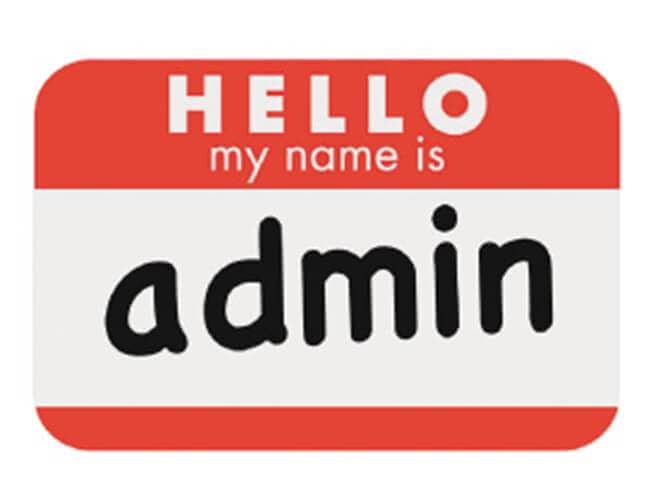At many nonprofits, and in particular at smaller organizations, staff members tend to wear many hats. There may not be someone who has “administer Salesforce” written into their job description, just as there may not be someone on staff who is responsible for maintaining the website, putting antivirus software on the computers, or fixing the printer when it jams. Nonetheless, those are all important tasks, and when it comes to Salesforce, it’s crucial to have a designated administrator.
Why do we need to have an administrator?
You probably didn’t go to work for your orgnization because you were excited about databases, but a good Salesforce administrator is the person who really cares about your mission – and pays attention to whether Salesforce is serving that mission. She knows your organization’s business practices and how they are evolving. She makes sure that users aren’t frustrated. And she knows that if the data in your Salesforce instance is going to be of any use, someone needs to pay attention to the data that is going in and create those critical reports to get the data out. In other words, after a successful implementation, someone still has to take care of the puppy.
Acknowledging that your organization needs an administrator, though, doesn’t mean you have to go and allocate all your hard-earned donor dollars towards a new full-time Salesforce adminstrator position. It’s not exactly a “no budget, no problem!” type of situation, but you may be surprised to discover how far a little curiosity and courage will take you. We’ve written previously about how much time a staff person at a smaller organization might need to manage Salesforce on a day-to-day basis (hint: it’s not very much) and I want to encourage you to discover whether you – yes you! – might be the right person to be your organization’s Salesforce administrator hero.
What would I do as the Salesforce administrator?
One of the most important things you can do as an administrator – or on your way to becoming an administrator – is to be aware of how other users are using, or not using, Salesforce. You don’t have to know how to code or be an IT person, but you do need to have an ear to the ground. Once you do, you’ll notice that paper sign-in sheet from an event and wonder if it was entered into Salesforce or the many “spreadsheet squirrels,” a.k.a co-workers who keep their own separate spreadsheets outside of Salesforce. Then, you’ll become excited about the potential of technology to make your organization more effective and efficient. Finally, you’ll be enthusiastic about leading the charge to make sure Salesforce is serving your mission and goals.
What are you waiting for?
If you see a need for a Salesforce administrator in your organization, I’m here to tell you that it isn’t something to be intimidated by. It’s a role, if not a job description, that many nonprofits really need someone to play. With all the great resources out there, you can learn the “technical” side of how to use clicks (not code) to add a field, edit a page layout, change a picklist, create a report, write a workflow, and understand the data model.
So just ask yourself:
- Do you like working with others and listening to their needs?
- Do you also like learning on your own? Have you been known to Google an error message to solve a problem?
- Are you organized, analytical, and process-oriented?
- Will your manager or executive support you on your administrator journey and give you some time to explore the many, many free resources out there?
- Will you promise to be cautious and use your admin powers wisely?
If you answered yes to the above questions, well… come on in, new Salesforce administrator! The water’s fine!





